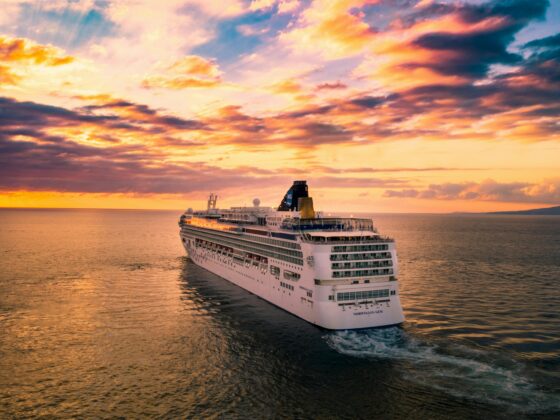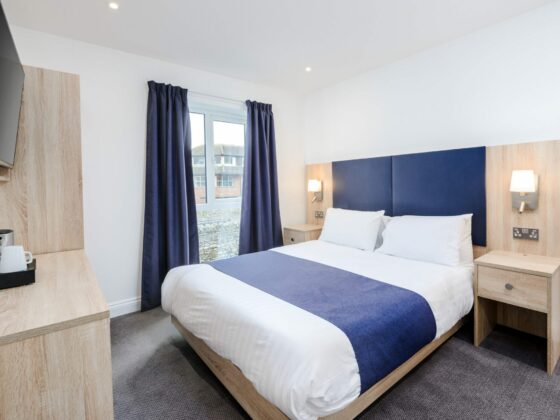
But the operational downside is real. Kitchens have to juggle two worlds at once: serving tables and churning out to-go orders at warp speed. What could go wrong? Staff gets stretched to the breaking point. Pickup areas get gridlocked with drivers. Customers wait too long, food quality suffers and everyone leaves frustrated.
Then there are the third-party delivery service providers (DSPs) like Uber Eats, DoorDash and Grubhub—they’re great for reach, but they come with strings attached. On top of taking 20–30% commissions, they control the customer experience. And when something goes wrong? It’s your brand that gets dinged with the bad review—not theirs.
If you’re not careful, delivery stops being a growth engine and starts becoming a liability.
Smarter Strategies to Stay in Control
Luckily, a lot of restaurants are getting smart and aggressive about how they handle delivery. Consider these tips from the front lines on how to navigate delivery challenges:
Step 1: Tech Up or Tap Out
Technology is the only way to survive the delivery crunch. According to the Future of Automation Report, 54% of restaurant owners are ramping up their tech budgets this year, and it’s easy to see why.
Modern POS systems can automatically sync delivery orders from all the different apps, so staff aren’t wasting time re-entering tickets (and potentially making mistakes). AI-powered forecasting tools can predict when rushes are coming, so you’re not blindsided by a flood of orders on a Friday night. And real-time dashboards let managers spot bottlenecks before they snowball.
Some restaurants are even setting up driver-only pickup zones to keep delivery chaos away from the dining room.
Bottom line: If you want delivery to work for you, your operations need to be airtight. Tech makes that possible.
Step 2: Bring Delivery Back In-House
First-party delivery is having a big moment—and for good reason.
When customers order directly from your website or app, you keep the full sale. You get the customer data. You control the experience from start to finish. No middlemen, no margin cuts, no brand confusion.
Yes, there’s an upfront investment. You need good online ordering tech, and you need a way to handle driver logistics (either in-house or through a partner). But the payoff is huge: better margins, stronger loyalty and more control over your brand.
Smart brands are playing both sides—using DSPs to reach new customers, but luring them back to first-party ordering with perks like lower fees, exclusive menu items or loyalty points.
Step 3: Outsmart the Delivery Apps
Even if you’re still working with third-party platforms (and let’s be honest, most restaurants will be for a while), you don’t have to just grin and bear it.
Some restaurants are building in commission costs by listing higher prices on DSPs than in-house. Others are launching subscription deals, like free delivery for a small monthly fee, to drive customers to order directly from them. And a lot of brands are focused on operational metrics, because faster prep times and fewer cancellations mean better visibility in the app rankings.









